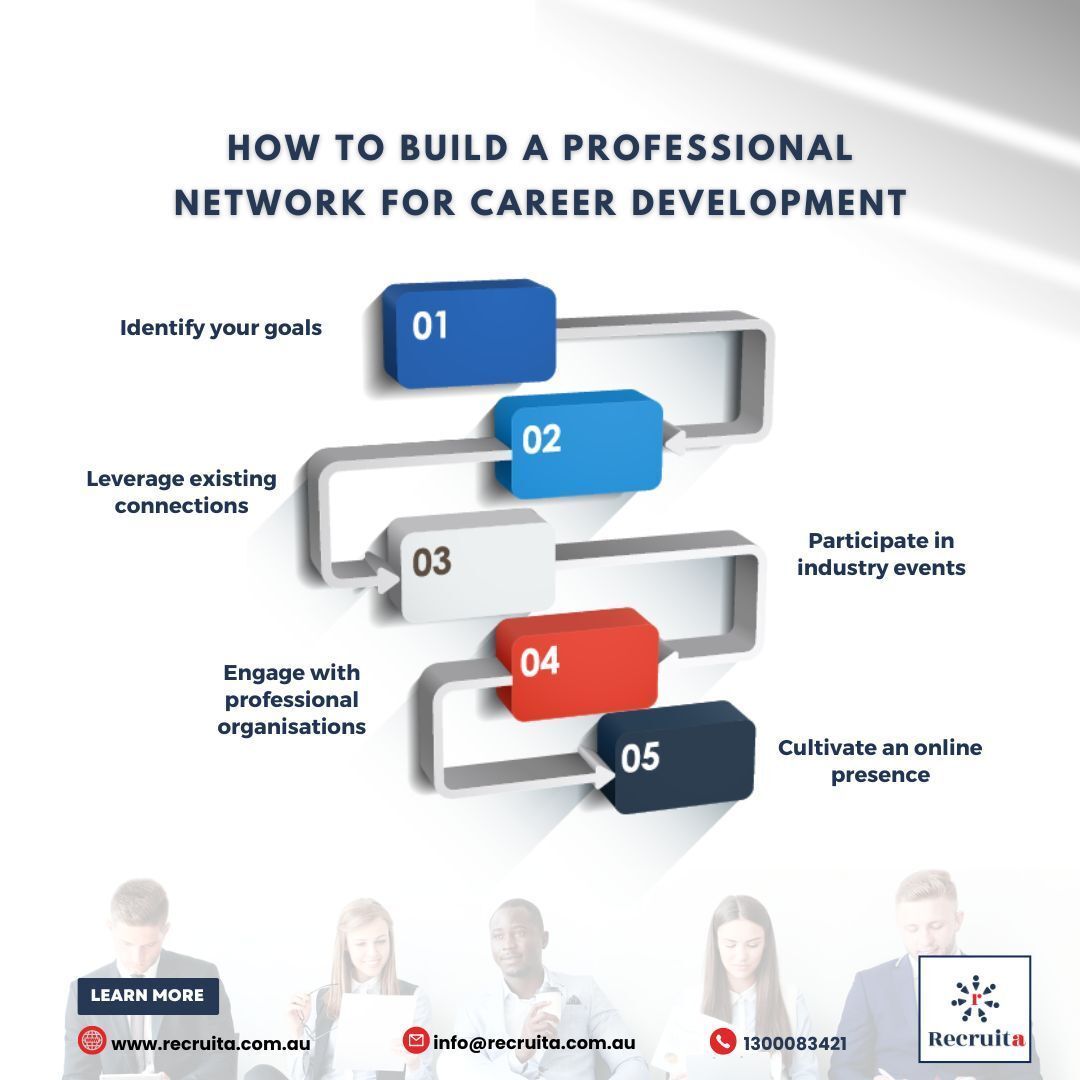The Future Of Recruitment: How Technology Is Changing The Industry
Summary: Technology continues to help improve operations, including the recruitment process. Read here to know how to leverage technology for your hiring needs.
The Digital Revolution In Recruitment
Before the internet, recruiters often placed job ads in newspapers while candidates applied in person or faxed resumes. However, the recruitment landscape has radically transformed over the years. New trends have emerged as companies improve their recruitment processes. The need to stand out and attract the best candidates with increased efficiency has opened the doors for new hiring tools and strategies. Whether through recruitment outsourcing or utilizing an employer of record, companies have leveraged these methods to land top global talent.
However, most of all, integrating technology has revolutionized how organizations attract, assess, and hire employees. It has become an indispensable tool in the recruitment toolbox, from AI-powered applicant tracking systems to virtual interviews.
Read below to know how technology has shaped the recruitment industry and how to leverage it for a better recruitment experience.
How Technology Influenced Today's Recruitment Industry
Undoubtedly, technology has empowered organizations to streamline hiring efforts and attract the best talent. These advancements have more than just enhanced efficiency and speed in recruitment. They also created a paradigm shift in candidate expectations and the hiring landscape.
Here are some key technological advancements shaping the hiring efforts of today's businesses.
1. Application Tracking System
Application tracking system (ATS) platforms have become an integral part of modern recruitment processes. They reduce the time and effort required to look for suitable candidates because they automate candidate data collection, storage, and analysis.
With this technology, recruiters can efficiently manage large volumes of applications and identify top candidates—significantly enhancing the overall hiring experience.
2. Artificial Intelligence And Machine Learning
As with other business processes, Artificial Intelligence (AI) and Machine Learning (ML) algorithms enable intelligent automation for data-driven decision making in recruitment. For instance, some recruiters now use AI-powered chatbots to engage with candidates. These chatbots can help answer frequently asked questions or schedule interviews, providing a seamless candidate experience.
On the other hand, Machine Learning algorithms can help recruiters analyze vast amounts of data, determine patterns, and predict candidate success easily. With this technology, companies can enhance the accuracy and efficiency of candidate selection.
3. Video Interviews And Assessments
With the rise of remote work and global talent sourcing, video interviews and assessments have become integral. Gone are the days when people had to attend interviews and take tests in person. Instead, most companies now use platforms with video interviewing capabilities to save time and resources while ensuring a more inclusive hiring process as they conduct virtual interviews.
Additionally, AI-driven video assessments can evaluate candidate skills and cultural fit, providing valuable insights for decision making. This way, you can ensure a globally competitive team of employees.
4. Social Media And Online Presence
Social media platforms, such as LinkedIn, Facebook, and Twitter, have become powerful tools for recruitment in the past decade. With over 4 billion active social media users, employers have leveraged these platforms to proactively source talents, engage with potential candidates, and showcase their employer branding.
Moreover, professional networking sites let recruiters access vast candidate pools. It also allows them to conduct targeted candidate searches based on their required skills, experience, and qualifications.
5. Data Analytics And Predictive Hiring
Besides ATS platforms, recruitment analytics and predictive hiring have become integral in the hiring process. These technologies enable recruiters to identify trends, measure the effectiveness of their recruitment strategies, and optimize their processes for better outcomes.
Meanwhile, recruiters use historical data for predictive hiring models to forecast candidate performance and retention. Organizations can make informed hiring decisions and choose the best candidates while increasing retention rates.
How To Effectively Implement Technology In The Recruitment Process
As mentioned, today's technology can significantly improve the recruitment experience. Incorporating these advancements into the recruitment process can significantly enhance efficiency and help you attract top talent to drive your business forward.
Consider these actionable tips, strategies, and best practices to help you effectively utilize technology in your recruitment efforts.
1. Evaluate Your Recruitment Needs
Before anything else, you must identify your recruitment requirements. Determine the pain points and challenges your team experiences in your current recruitment process. Then, assess which areas can benefit the most from technology intervention, such as resume screening, candidate engagement, or data analytics.
2. Choose The Right ATS
An ATS platform can do wonders for recruitment, allowing for a streamlined process. As such, select an ATS that aligns with your organization's needs. Consider one that can integrate smoothly with your existing systems. Ensure that it provides robust features for resume parsing, candidate management, collaboration, and reporting.
3. Optimize Your Careers Page
Consider revamping your organization's careers page to make it mobile-friendly and user-centric. As of 2023, 6.9 billion people own a smartphone—about 86.11% of the global population. As such, optimizing your careers page for mobile phones becomes imperative to ensure a seamless and inclusive experience, especially for candidates who only have handheld devices.
Also, consider using chatbots or virtual assistance to respond promptly to candidate queries. Incorporating these tools into your careers page can provide instant support and answer common questions, reducing the likelihood of candidates opting out of your application process.
4. Leverage AI-Driven Sourcing Tools
AI-powered tools can help you scour the vastness of the internet and social media platforms for potential candidates who match your desired qualifications. These tools can save time and effort in candidate sourcing while expanding your talent pool.
5. Implement Video Interviews
Embrace video interviewing platforms that allow for remote interviews. There are many video interview platforms available. Some companies may even go the asynchronous communication route, wherein candidates must record themselves using a webcam answering premade questions. With this, you can accommodate candidates far from the office, making the hiring process inclusive.
However, ensure clear communication with candidates about the process, technical requirements, and expectations before implementing video interviews. Whether synchronous or asynchronous, it's best to give them a clear picture of how the interview will go. Take it a step further and provide guidelines on preparing for a successful video interview.
6. Use Pre-Employment Assessment
Integrate pre-employment assessments, such as cognitive, skills, or personality tests, into your process to evaluate candidates objectively. With them, you can streamline the hiring process, as you'll only need to move forward with the candidates who pass your requirements, significantly narrowing your list.
You can also leverage AI-driven assessments to identify top performers accurately.
7. Embrace Data Analytics
In today's digital world, data is one of your organization's most crucial assets. You can use it to improve your recruitment process and track and measure key metrics like time to hire, cost per hire, and source of hire. With this information, you can identify bottlenecks and optimize recruitment strategies.
8. Personalize Candidate Experiences
Utilize technology to personalize candidate interactions. Take automated emails, for example. You can tailor your messages to specific stages of the recruitment process and provide timely updates on their application. This way, you can ensure a seamless and engaging candidate journey.
9. Use Social Media To Promote Your Employer Brand
As mentioned, social media is a powerful tool to help widen your reach and tap into a broader talent pool. So, use these platforms to showcase your brand and engage with potential candidates. For instance, share your company culture, employee testimonials, and job postings to enhance your employer image and attract top talent.
10. Train Recruiters On Technology Usage
Your recruiters are responsible for the recruitment process. As such, train them on your tech tools and platforms. Ensure they are well versed in leveraging ATS features, conducting video interviews, and utilizing assessment tools.
Leverage Technology To Hire The Best Candidates
The hiring process before technology was tedious—companies needed to place ads in newspapers, and candidates had to apply in person. However, the age of technology has changed the recruitment industry over the years. With the new advancements above, companies can increase the efficiency of their recruitment process while landing the best talent worldwide.
Today's technology continues to evolve as companies find ways to enhance their recruitment processes further. So, regularly monitor these recruitment tech advancements and stay informed about new tools, platforms, and trends to help your business thrive in today's increasingly digital and competitive world.
Source: https://elearningindustry.com/ld-plays-leading-role-employee-recruitment-retention-and-motivation-heres-why



